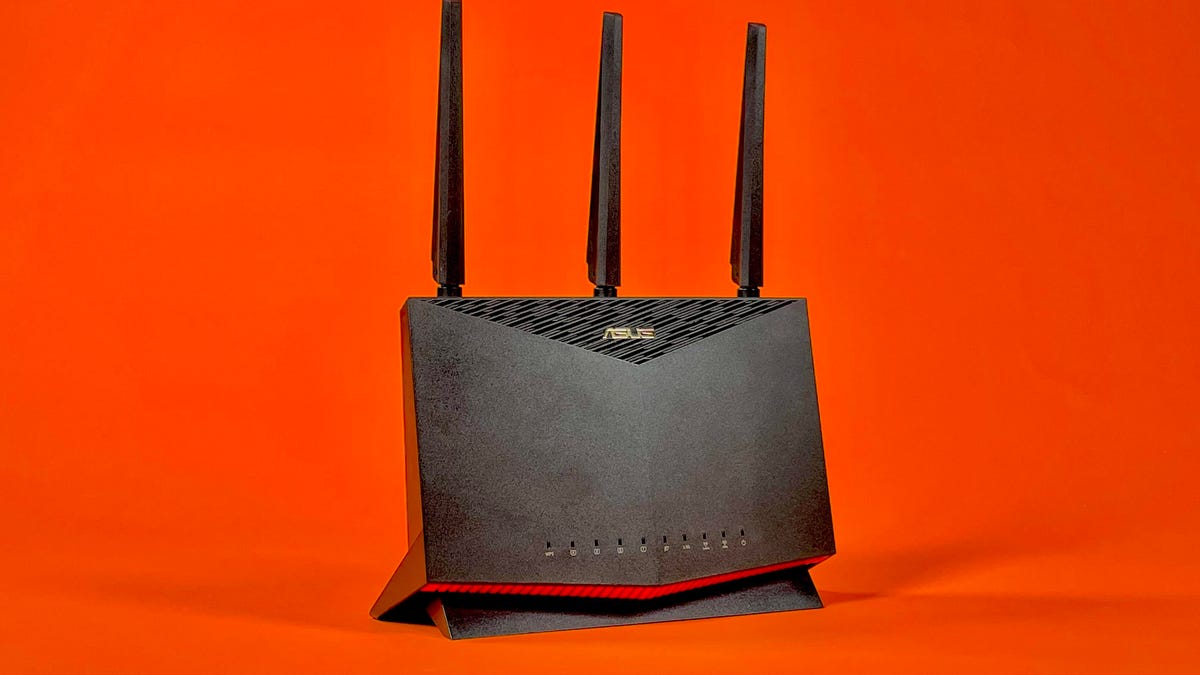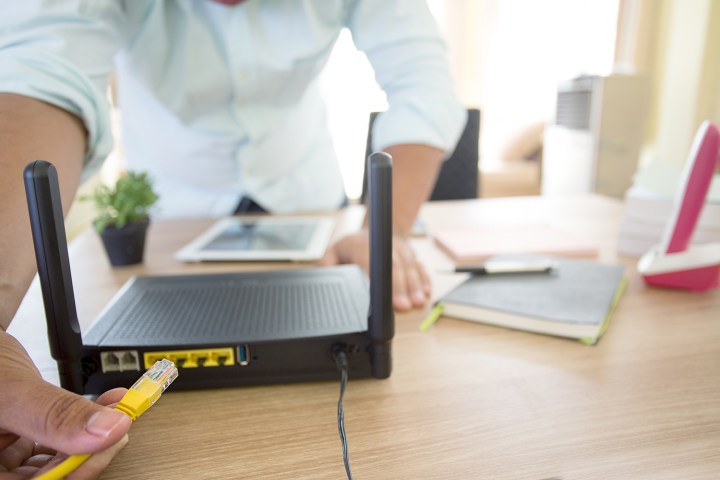Tag: Fix
-

Internet Down Again? Here Are 5 Possible Causes and How to Fix Them
There’s hardly a good time for your internet to go out, but it always seems to happen at the worst possible time. Maybe you’re streaming the finale of your favorite TV show, closing in on a rare victory online or taking an important work call from home and, sure enough, there goes the internet. Even…
-

5 Reasons Why Your Wi-Fi Is Down and How to Fix It
This story is part of Home Tips, CNET’s collection of practical advice for getting the most out of your home, inside and out. There’s really never a good time for your Wi-Fi to go out: Whatever you’re using the internet for at the time (streaming TV, gaming online, working from home or some combination of…
-

The most common Wi-Fi problems and how to fix them
We’ve grown so accustomed to Wi-Fi being readily available for listening to music, streaming our favorite shows, and allowing us to work from home that we rarely think twice about being connected until we’re suddenly experiencing a Wi-Fi problem. A loss of connection is disruptive to a daily routine, but most Wi-Fi issues are easy…
-

The EU Has a Prepare to Fix Net Privacy: Be A lot more Like Apple
Like tens of millions of other internet people in Europe, when Alexandra Geese, a German member of the European Parliament (MEP), would like to study some thing on the online, she initially has to open up and scroll by several choices to refuse to share her facts with third-party advertisers. Europe’s landmark privacy legislation, the…
-

Web3 Can’t Fix the Internet
If you believe the hype, Web3 is the next inevitable generation of the Internet — a way for developers and startups to take back control from big corporate platforms. Investor and Web3 advocate Chris Dixon claims that, in the blockchain-based Web3, “ownership and control is decentralized” and digital tokens will give everyone “the ability to…